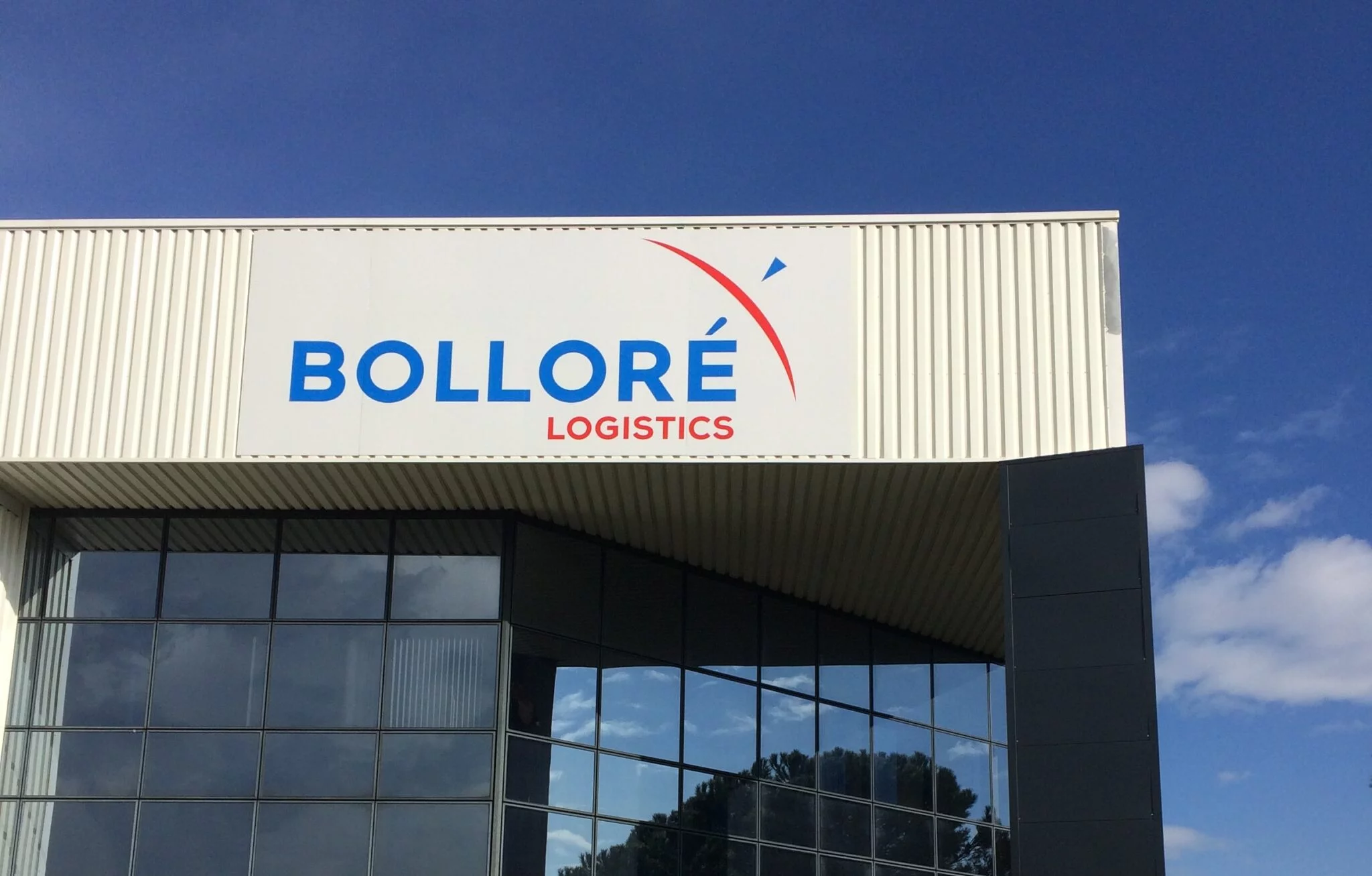WEROCK Technologies GmbH, an innovative manufacturer of industrial computer technology, is expanding its industrial PC product portfolio with the Rocksmart RSC800 series.
The ultra-flat panel PCs have been specially designed for the harsh environments of production, warehousing and logistics and are therefore ideal for use as forklift terminals, logistics terminals or operating interfaces for machines. They can be extensively customized for the respective application. The panel PCs of the Rocksmart RSC800 series are flexibly configurable and available with 10.4″, 12.1″ and 15.6″ in three different sizes and brightness of up to 1,200 nits. All three models are available with glove-operated touchscreens, with a choice of capacitive multi-touch or pressure-sensitive single-touch. Despite the very compact dimensions of the aluminium housing, the devices are protected according to IP65 and are shock and vibration resistant for use in high-vibration environments.
Rocksmart RSC800 combines state-of-the-art processor performance in a passive housing, which thanks to sophisticated cooling technology, does not require a fan. They are available with up to 32 GB RAM and efficient Intel® Celeron J6142 4-core processor (“Elkhart Lake” series) for all standard processes or Core i5-1245U 10-core processor (“Alder Lake” series) for all demanding tasks. USB 3 ports as well as 2.5 Gbit Ethernet ports and a RS232 port are available for high integration capability. Designed for industrial needs, all components are selected for long-term availability.
Special highlights include the integrated Wi-Fi 6 WLAN solution, which ensures particularly good reception with two integrated high-performance antennas, ideal for use in difficult radio environments (e.g., in warehouses on industrial trucks), but also the particularly wide input voltage range of 6 to 60 volts, which enables especially flexible integration. Optionally, the devices are also available with an integrated uninterruptible power supply to ensure high data and process security.
“With the Rocksmart RSC800 series, we are expanding our portfolio of stationary computers with three particularly robust models up to 15.6 inch display diagonal for extremely demanding environments. Despite all the robustness, we were able to realize a particularly slim design for all models,” explains Markus Nicoleit, Managing Director at WEROCK Technologies GmbH. “Our focus during development was to create a very high-quality and durable product. The selection and fine-tuning of the highest quality components ensures optimal usability of the touchscreens, maximum performance with the latest technology, reliability and maximum connectivity. We are confident that with the Rocksmart RSC800 series we have created an attractive product for the industrial environment,” Nicoleit continues.
Rocksmart RSC800 will be officially introduced and presented at the start of LogiMAT 2023. Interested visitors can get to know the models at the trade show in hall 8 at booth 8G33. The first models of the series can be ordered now. In the course of the year, the series will be expanded to include additional display sizes up to 32 inches. Also presented at LogiMAT is the Scoria P160 – a 6″ Android handheld mobile computer for logistics and retail with high-end 2D barcode scanner and 5G connectivity.







